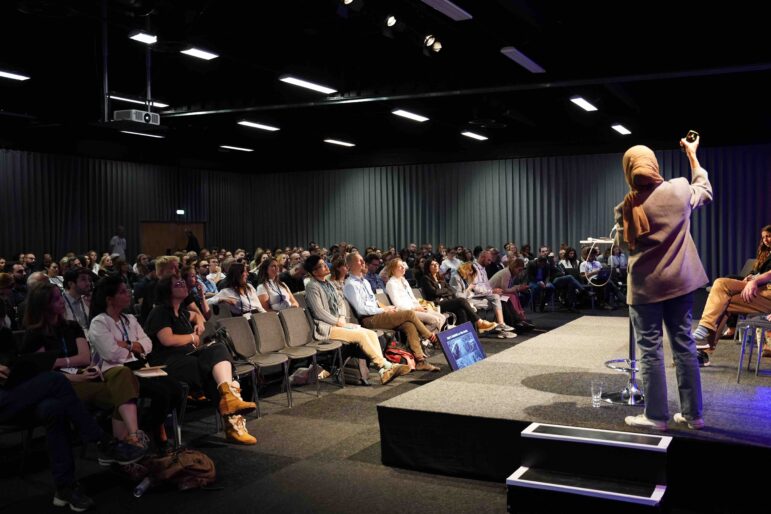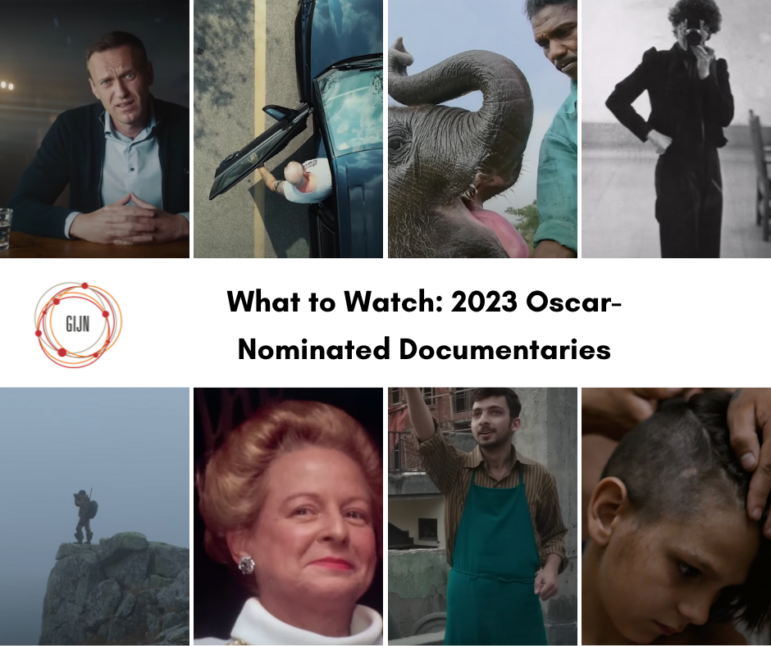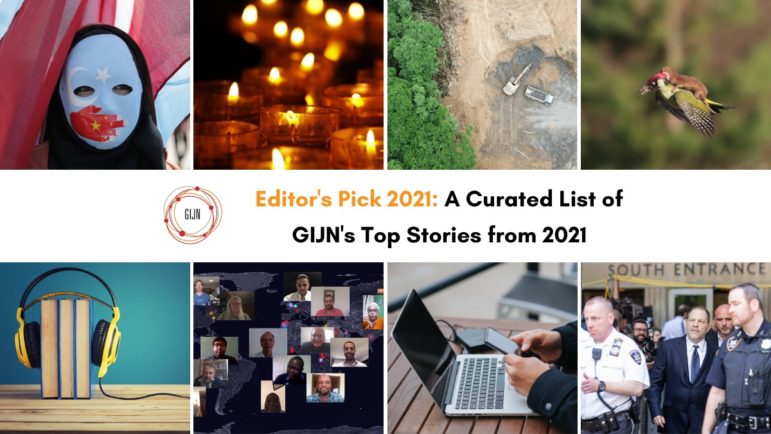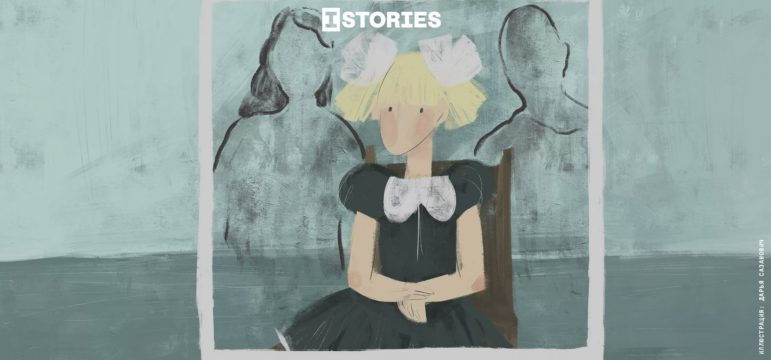
How They Did It
How The New York Times Uncovered and Visualized Dangers Faced by Child Influencers
An interview with two journalists who investigated the world of child influencers and the highly sexualized nature of some of their most ardent fans.

An interview with two journalists who investigated the world of child influencers and the highly sexualized nature of some of their most ardent fans.

As a member of The New York Times Visual Investigations team, Muyi Xiao reports on her native China using a combination of remote tools and interviews.
Once considered merely a form of fact-checking, forensic visual investigation has rapidly become a critical method of journalistic inquiry, thanks to new technologies, innovative skills, and the global ubiquity of social media imagery. In the chaos of dramatic public events, forensic visual reporting teams can now often answer the question: Who did exactly what, and […]

Forensic visual investigation has rapidly become a critical method of journalistic inquiry, thanks to new technologies, innovative skills, and the global ubiquity of social media imagery.

From a film investigating the attempted murder of Russian opposition leader Alexey Navalny to a stark cautionary tale about how climate change is playing out on the Arctic coast, see the Oscar-nominated documentary shortlists.

One of our core missions at GIJN is providing journalists in the field with the latest tools and techniques. To do that, we work hard to find original stories that will be of immediate, practical help for watchdog reporters around the world. Here is a curated list of 10 of the notable stories we’ve published this year, reflecting our most popular articles, groundbreaking discoveries, topical issues, and stories you just shouldn’t miss.

Cutting-edge tools and techniques for digging into autocracy, climate change, health and medicine, disinformation, organized crime, and attacks on journalists headline the 12th Global Investigative Journalism Conference this November — presented by investigative reporters and forensic experts on the front lines.

The death of African American George Floyd in police custody has resulted in a major uproar against structural racism in the United States. Our NodeXL #ddj mapping from June 1 to 7 finds The New York Times examining police use of force in Minneapolis, the city in which Floyd died after being pinned down by a police officer. The Washington Post also dug into data of every fatal shooting in the US by police officers since 2015.

For our series about journalists’ favorite tools, we spoke with The New York Times’ Malachy Browne, a pioneer in the field of visual investigations. He told GIJN’s Gaelle Faure about the tools that help him recreate crime scenes, including satellite imagery, EXIF data viewers, 3D modeling, and more.

The New York Times’ Visual Investigations unit uses social media and open-source tools to create powerful video reports. Here’s how they collected virtual breadcrumbs to retrace the movements of the 15-man Saudi hit team that killed Jamal Khashoggi.